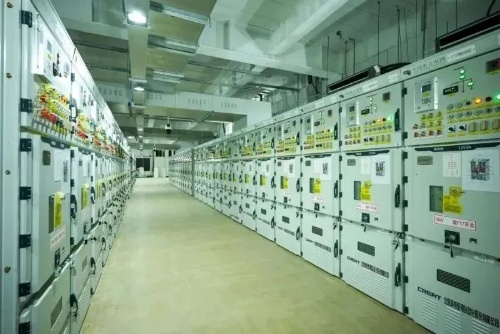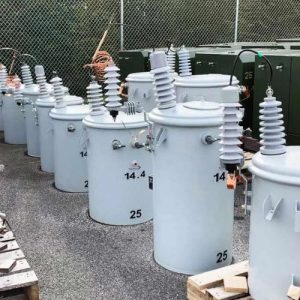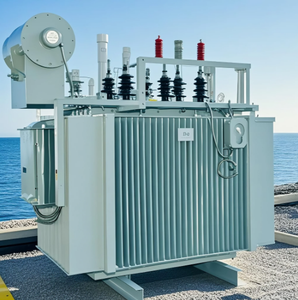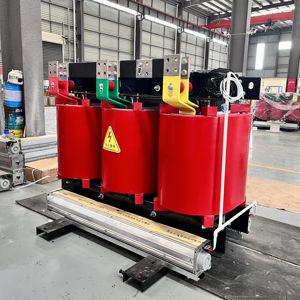Electronic Components Supplier | Transformers, Inductors, Inverters
Introduction
An electrical transformer is a fundamental device in power distribution and electronics, designed to transfer electrical energy between circuits through electromagnetic induction. By stepping up or stepping down voltage levels, transformers enable efficient long-distance power transmission and safe voltage adaptation for household and industrial use.
With the global push toward smart grids, renewable energy integration, and electric vehicle (EV) charging infrastructure, transformers are more critical than ever. This article explores how transformers work, their key types, efficiency considerations, and emerging trends, optimized for SEO and readability to attract organic traffic.

How Does an Electrical Transformer Work?
Transformers operate on the principle of Faraday’s Law of Electromagnetic Induction, which states that a changing magnetic field induces a voltage in a conductor. A basic transformer consists of:
- Primary Coil – Receives input AC voltage.
- Secondary Coil – Delivers transformed output voltage.
- Ferromagnetic Core – Enhances magnetic coupling between coils.
When AC flows through the primary coil, it generates a fluctuating magnetic field, inducing a voltage in the secondary coil. The turns ratio (N₁/N₂) determines whether the transformer steps up (increases) or steps down (decreases) voltage.
Types of Electrical Transformers
1. Step-Up & Step-Down Transformers
- Step-Up – Increases voltage (e.g., power plants to transmission lines).
- Step-Down – Decreases voltage (e.g., household outlets).
2. Distribution Transformers
- Used in local power grids to supply homes and businesses.
- Typically oil-cooled or dry-type for safety.
3. Isolation Transformers
- Provide electrical separation for safety in medical and industrial equipment.
4. Autotransformers
- Single-winding design for compact, cost-effective voltage adjustment.
5. Instrument Transformers
- Current Transformers (CTs) & Potential Transformers (PTs) – Used for metering and protection in high-voltage systems.
Key Advantages of Transformers
✔ Efficient Power Transmission – Reduce energy loss over long distances.
✔ Voltage Adaptation – Enable safe usage in different applications.
✔ Galvanic Isolation – Prevent electrical shocks in sensitive devices.
✔ Reliability – Long lifespan with minimal maintenance.
Challenges & Modern Solutions
- Energy Losses – Core losses (hysteresis & eddy currents) and copper losses reduce efficiency.
- Solution: Amorphous metal cores and high-efficiency designs (e.g., Energy Star-rated transformers).
- Heat Dissipation – Large transformers require cooling systems.
- Solution: Oil-immersed cooling or forced-air systems.
- Environmental Concerns – Traditional oil-filled transformers risk leaks.
- Solution: Eco-friendly ester-based fluids and dry-type transformers.

Transformers in Modern Applications
- Smart Grids – Enable bidirectional power flow for renewable energy integration.
- Electric Vehicles (EVs) – Fast-charging stations rely on high-power transformers.
- Renewable Energy – Solar/wind farms use step-up transformers to feed power into the grid.
- Industrial Automation – Provide stable voltage for robotics and CNC machines.
- Data Centers – Ensure uninterrupted power with redundant transformer systems.
Future Trends & Innovations
- Solid-State Transformers (SSTs) – Use power electronics for smaller, smarter, and more efficient voltage conversion.
- IoT-Enabled Monitoring – Sensors predict failures via real-time diagnostics.
- Green Transformers – Sustainable materials and biodegradable insulation oils.
Conclusion
Electrical transformers remain indispensable in power distribution, renewable energy, and modern electronics. As technology advances, innovations like solid-state transformers and smart grid compatibility will drive the next generation of energy-efficient systems.







